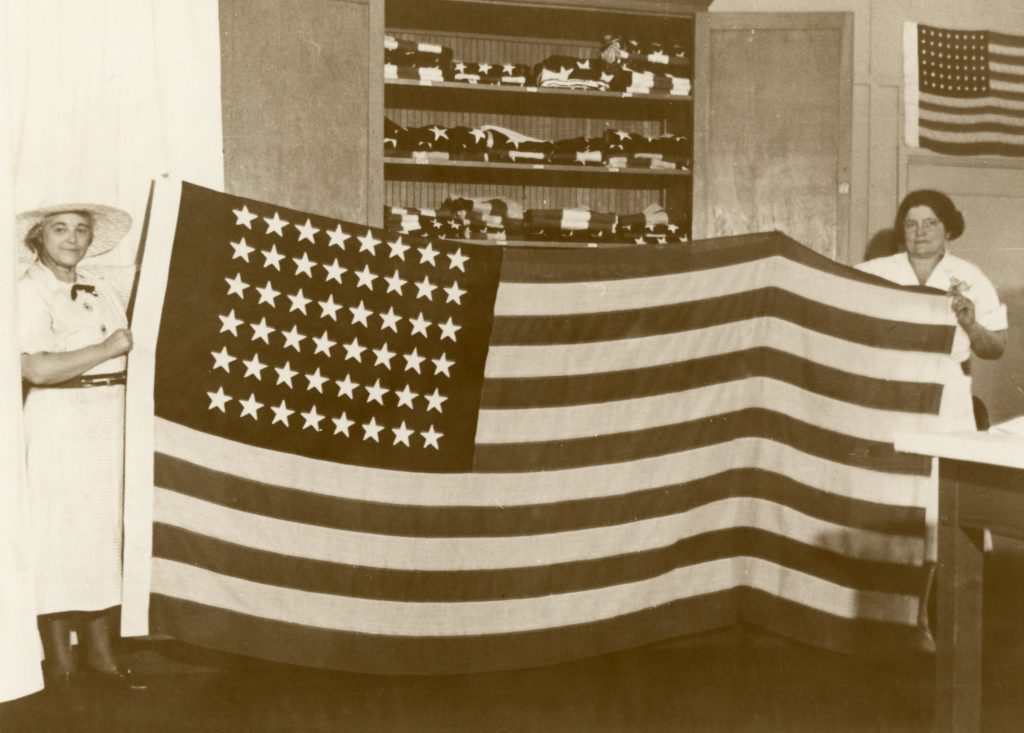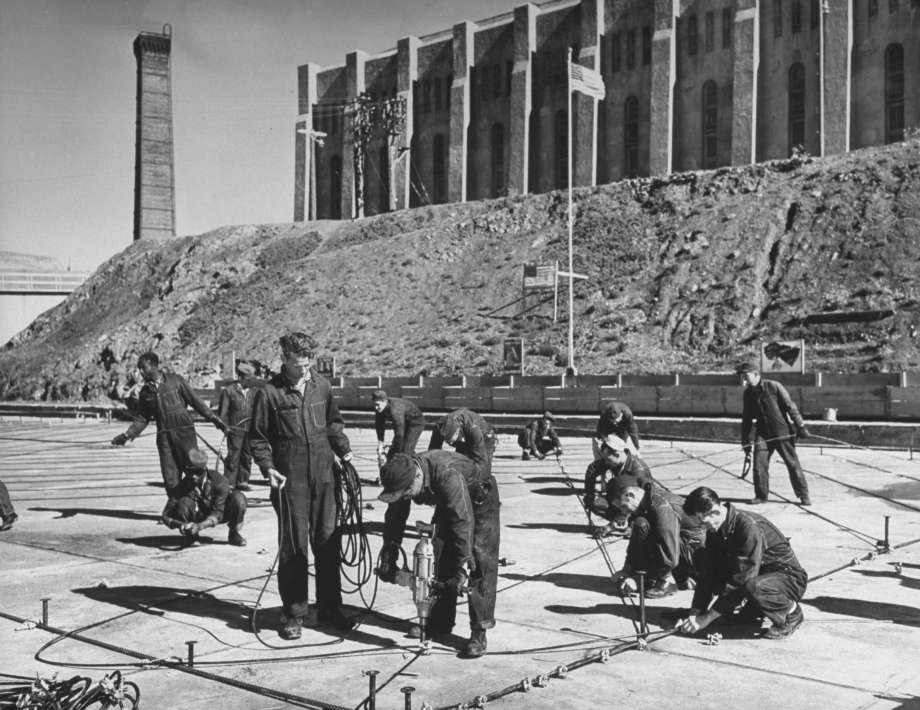The world was forever changed after the Pearl Harbor attack on Dec. 7, 1941. As President Franklin D. Roosevelt said, it’s a “date that will live in infamy.”
When the United States entered World War II after Pearl Harbor, people in the community as well as those serving sentences in California prisons got to work to help the war effort.
One of the most well-documented efforts comes from San Quentin Rehabilitation Center. The incarcerated population assembled heavy anti-submarine nets as well as cargo nets. They also sorted thousands of ration books to be delivered to the community.
The institution observed black-outs along with surrounding coastal communities, turning off lights to prevent night-time air attacks.
War effort involved supplies, ration books and war bonds
In 1943, with the war effort in full swing, the men and women serving time in California prisons assisted as best they could given their situation. They also purchased war bonds and sewed U.S. flags. To show appreciation for all their efforts, First Lady Eleanor Roosevelt visited San Quentin.
“The First Lady (will tour) San Quentin to view the war efforts being made there,” reported the San Anselmo Herald, April 8, 1943. “A half holiday will be declared for (the incarcerated) the warden says, and (3,000) men will gather in the main auditorium to hear a brief message from Mrs. Roosevelt.”
The Associated Press reported, Roosevelt took “keen interest in the cargo nets being manufactured; in the cargo slings being made from salvaged materials (and) in the cafeteria trays supplied to war camp mess halls. Various groups of prisoners stood in the prison yards and to each group Roosevelt smiled and waved.”
Johnny White represented the incarcerated population when he spoke to the crowd over the prison’s public address system.
“Only in America would such a high person enter San Quentin prison and talk to a group of inmates,” he said. “It is for such an America that inmates of San Quentin prison have purchased $130,000 worth of war stamps and bonds. It is for such an America that we gladly sacrifice 75 percent of our regular commissary allotments to make those purchases.”
At California Institution for Women, the incarcerated women sewed clothing and flags in addition to donating canned food.
By Don Chaddock, Inside CDCR editor
Office of Public and Employee Communications
The war effort in photos




Learn more about California prison history.
Follow CDCR on YouTube, Facebook and Twitter.
This post was originally published on this site be sure to check out more of their content.








